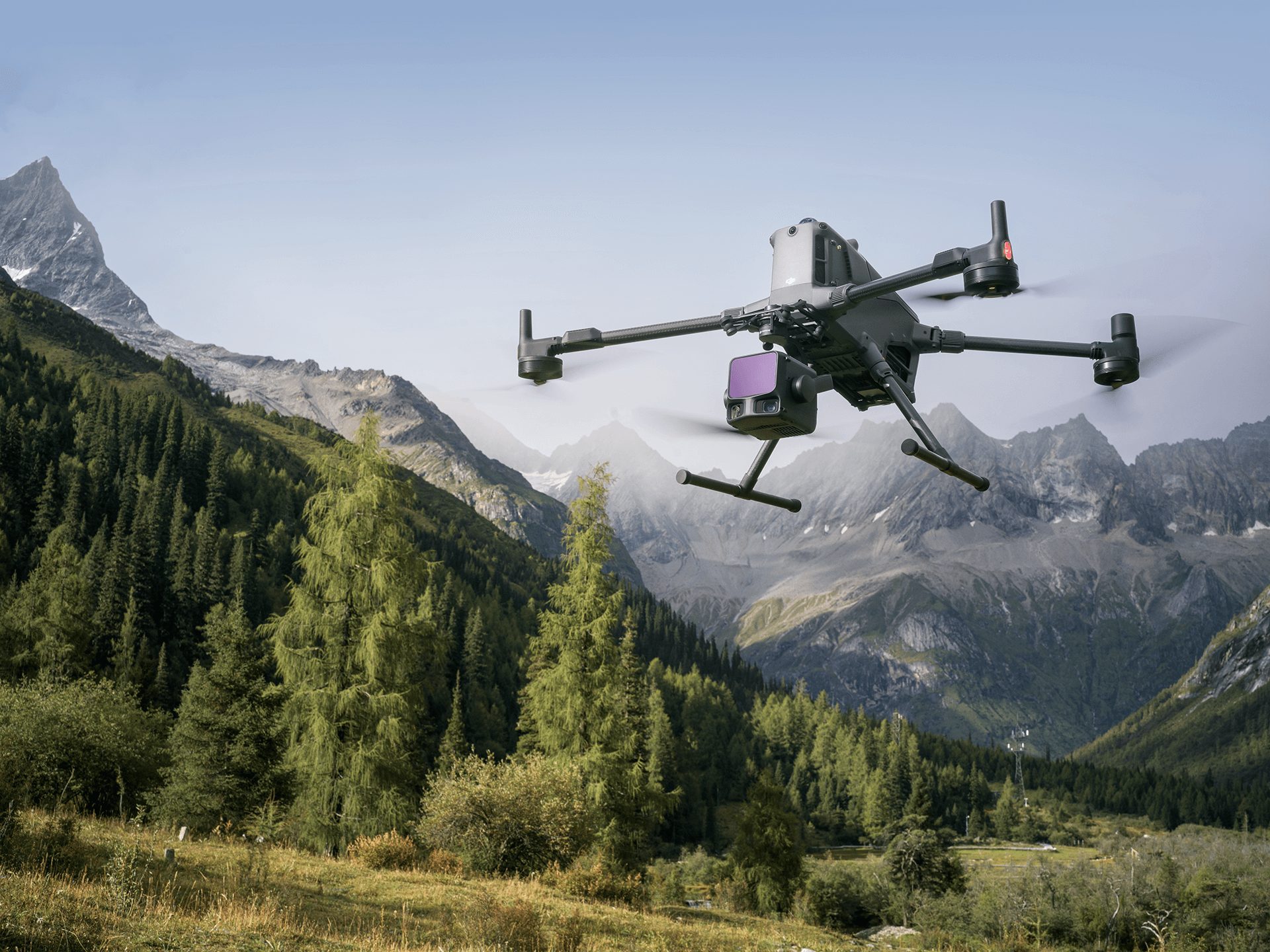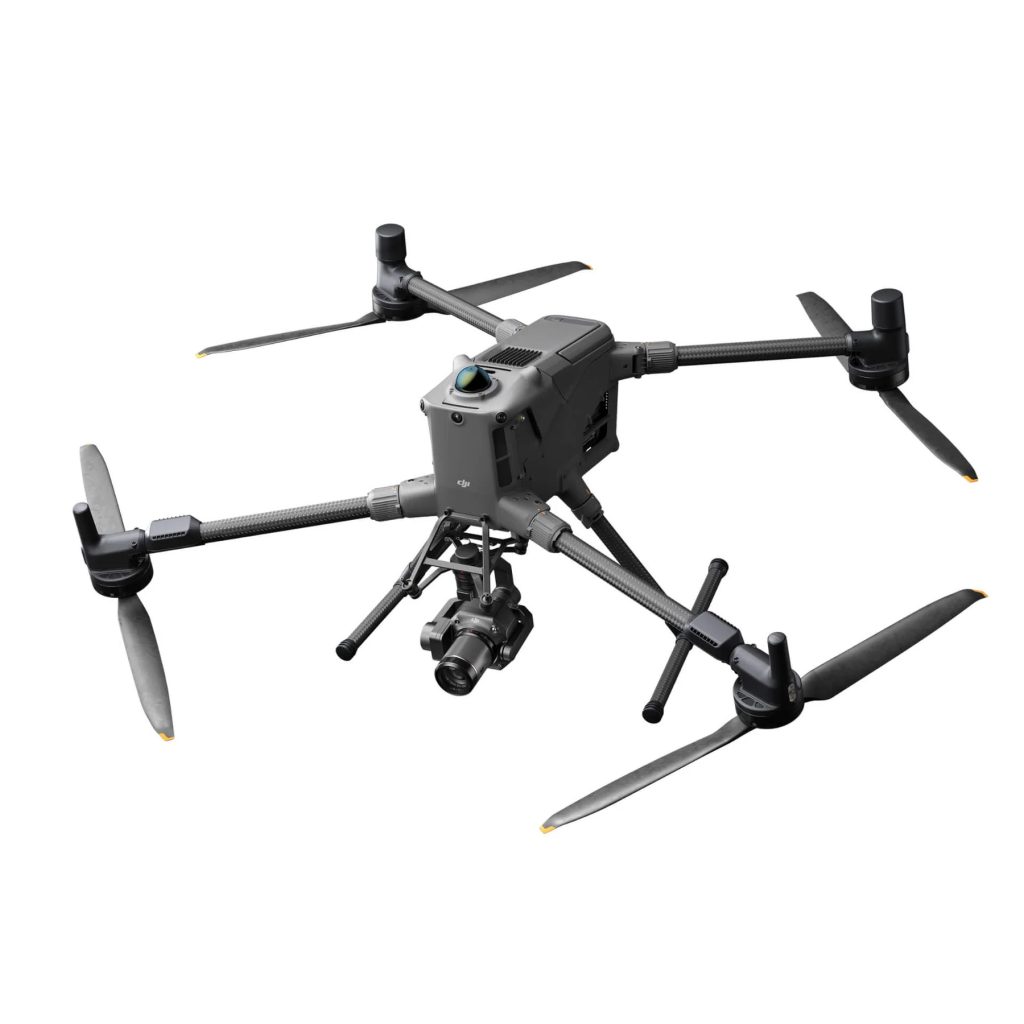
In the UK today, drone adoption is delivering real ROI across industries. Recent reports show drone mapping can be hundreds of times faster than ground surveys, while swapping police helicopters for drones can cut costs ~55% (about £22.6m/yr saved). Whether it’s speeding land surveys or avoiding costly scaffolding and delays, drones are proving to be a “time- and money-saving” technology in 2025.
Public Safety
- Police & Emergency Services: The 2024 UK Budget set aside £230m for “time- and money-saving” tech like drones. Early trials (Project Eagle, etc.) will let drones be first responders. Law enforcement is already seeing big gains – one study found NPAS (police air service) operations shifted to drones cut costs 55.4% (about £22.6m/yr savings).
- Coastguard & SAR: The Maritime and Coastguard Agency estimates roughly £1.6m/yr in operating costs saved by using drones for search-and-rescue and patrols. Drones can hover on station much more cheaply than rescue helicopters, speeding up response and cutting fuel and personnel costs.
Surveying & Mapping
- Land Development: Drone surveys blaze through terrain mapping. UK construction reports note drones make site surveys up to 400× faster and 40% cheaper than traditional methods. For example, Barratt Developments used drones on a housing site survey and cut £20,000 in labour costs.
- Site Uptime: Quicker mapping means less downtime. A RICS report found drone deployment can reduce large-project site downtime by up to 40% (no waiting on survey crews or heavy equipment). Faster surveys also yield millimetre-accurate 3D models in hours instead of days, preventing costly rework.
Construction
- Progress Monitoring: Weekly drone flights replace manual site checks. UK firms report 20–30% time savings on surveying and progress tracking tasks that accelerates builds and cuts labour hours. In one 9‑month project in Sheffield, drones replaced scaffolding for facade inspections and saved £30,000 in scaffolding and inspection costs.
- Safety & Rework: Thermal drones spot overheating gear or leak risks early, reducing accidents and shutdowns. By catching errors (cracks, misalignments, etc.) sooner, drones also minimise expensive rework. All told, firms using drones report significant cuts in idle time and penalties – one industry analysis cites up to £3.5bn cumulative savings for UK construction by 2030 from drone use, largely via faster surveys and fewer delays.
Utilities
- Electric Power: Drones inspect pylons and powerlines at a fraction of traditional cost. National Grid reports roughly £1m per year saved on overhead-line inspections by using drones instead of helicopters or climbers. Cranes, outage windows and ground crews can be largely avoided, while engineers stay safely on the ground.
- Water & Gas: UK water utilities use thermal drones to spot underground leaks and inspect reservoirs. Severn Trent Water says aerial surveys detect leaks “earlier” and have saved hundreds of thousands of pounds per year on repairs and inspections (in one trial, drones found a leaky pipeline in hours instead of days). Similar gains are expected in gas network patrols and windfarm blade checks, cutting expensive outage time.
Infrastructure & Asset Inspection
- Rail & Transport: British rail networks are equipping drones for safety patrols. A 2025 initiative will deploy “drone corridors” over tracks to detect trespassers and hazards; estimates suggest this could save “millions” annually by cutting delays and compensation costs. Combined with the British Transport Police, Network Rail projects about £56.3m/yr in benefits from drone use (fewer passenger delays and incident payments).
- Buildings & Bridges: Public asset managers are reporting big wins. For example, Renfrewshire Council (Scotland) cut roof-inspection costs by millions per year using drones. Drones replace costly scaffolding and lifts on bridges, towers and high-rise facades, often completing surveys in a few hours. (Industry guides note drone turbine/blade inspections cost only 20–25% of manual methods). In short, routine asset inspections that once required heavy equipment are now handled cheaply from the air.
In each sector above, quantifiable savings are driving further drone adoption. As these UK examples show, time savings of 20–400×, 40–60% cost cuts, and multi-£k/£m reductions in overheads are becoming routine. Drones pay for themselves quickly, turning data-rich flights into hard pounds saved on the balance sheet.
Interested in what drones could save you? Comment below or contact us for a demo of how drone solutions can cut costs in your organisation.
Download our FREE GVC Training Guide
Learn everything you need to know about becoming a drone pilot with our GVC training guide.
- Get a full course roadmap to understand every step of the journey
- Contains clear answers to all of the frequently asked questions
- Get a transparent and comprehensive breakdown of course costs













